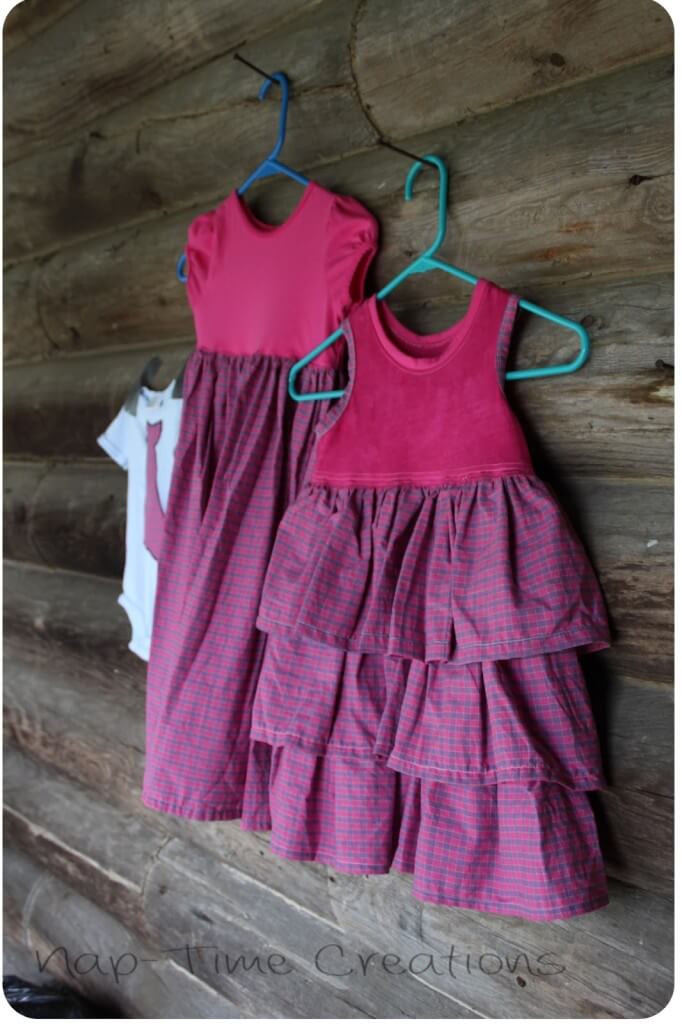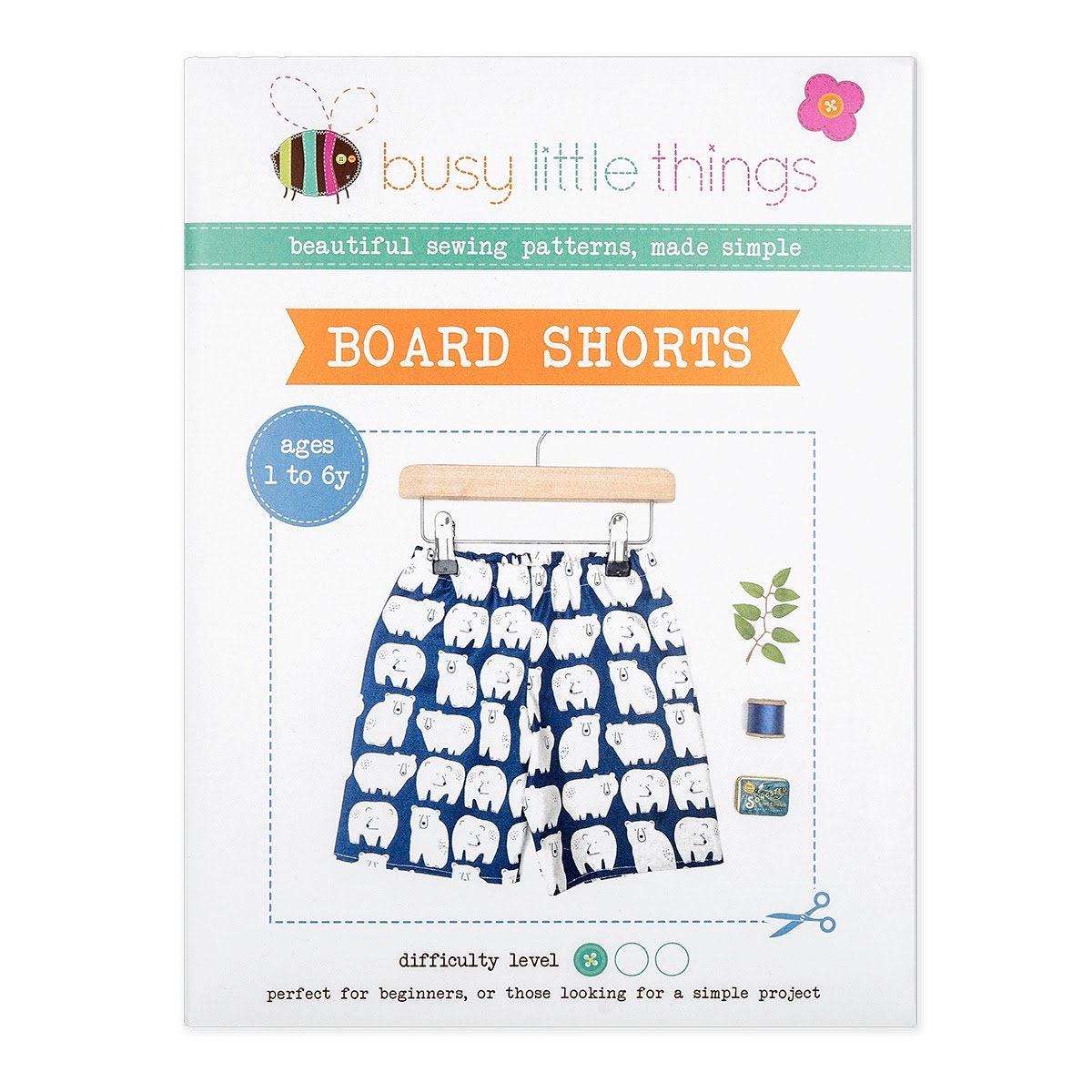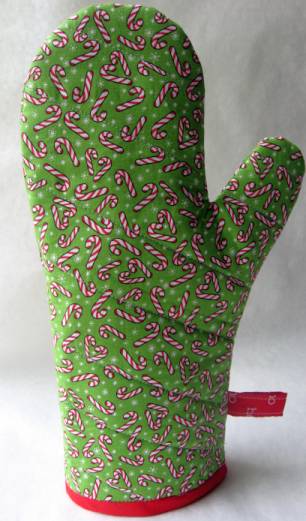sewing patterns for kids free
sewing patterns for kids free
sewing patterns for kids free Sewing is a craft that uses a needle and thread to tie something or connect something . The history of sewing dates back ks of years BC . Sewing has its own basic sewing technique, different from weaving and fancywork . In general, all still use the basic proficiencies of traditional sewing, until the stitchery machine came out in 1790, invented by Thomas Saint.
Download
Basic Sewing Techniques
Nowadays , seamsters generally use sewing machines more frequently . The political machine is shared into two, that is to say traditional and electric automobile . Even so, the staple stitchery techniques are still existence studied because buying a machine commands thomas more capital . Another rationality is that victimisation basic stitchery proficiencies bequeath give you much best solvents and diversity than machines . Here's an explanation for the staple stitching proficiency:
1 . Skewers
The staple technique of stitching a baste stitch is a technique in which the practice affects from child to left . This stitch proficiency is useful for fashioning run ups neater and even out perfect . The basting stitch stitch pattern has 3 roles, to wit stitching the sides of the fabric, end the terminates of a form, and devising the textile wealthy person a wrinkle effect.
As for the basting technique, there are 3 types, namely:
Ordinary Skewers : This proficiency is done with unequal distances, different.
Skewer a certain distance : This proficiency americas a consistent distance . This type of tacking stitch is useful for temp stitches.
Skewer Barrier : This technique united states of americas a single space . between each stitch . This stitch is made with double threads so that when the stitch is finished, there is a tincture of the last stitch.
2 . Stabbing Traces / Flip
The following staple stitching proficiency is the imprint stabbing technique or some other identify for the back up stab stitch . This chase stitch has the same groove as a stitching machine . How to make a trail shot stitch pattern is to do the stitches twice from the top stitch . The role of the trail stab is to make decorative agate line decorations that are heterosexual, circular, or other shapes according to the sought after aim . Examples of the results are the motifs on the sarong in the cast of boxes, making accented line of works, writing, and others . Another function is to connect textiles with other fabrics and zip fastener connectives with materials.
3 . Skewer Flannel
The basic technique of sewing flannel stitches is in general secondhand as a method of sewing the edges of the garment being overlaid . Basically, flannel stitches are used on textiles that wealthy person an expensive marketing measure . The flannel stitch proficiency has 3 u.s.a.s, videlicet as decoration, staple stitches, and shadow embroidery with tight spacing that can follow the motive.
How to utilize a flannel stitch is to do a basting stitch stitch on a material that has been sewed 3-4cm with a 0.75cm step backwards . Insert the needle to the right and back once again 0.5 cm . Thread back over the first sew together and go forward until you're done.
4 . Skewer Feston
Feston has a purpose to finish the lint on the seam . An exercise is the eyelet on the sleeves in baby apparel . In addition, the Feston stitch figure too villeins as a decoration . Especially if the combination of basic and ornamental thread colours has a goodness concord . The form of ornamentation that can be made with a festival pattern is a flower-like shape.
5 . Prick the Wrap
The bandage sew together practice is useful for sewing damaged lint on roller clinches . Another role is as a finish technique on the edge of the seam . How to sew with the staple technique of balut run up is left field to right hand and vice versa at a slight angle.
6 . Skewer / Stem
Especially utilitarian as a decoration on a material . The results that can be obtained from sticks are in conformity with the resultant roles, that is to say the form of the stem turn . It is possible to make other originations with stick sticks, but in general they are made to make sticks.
How to apply the deposit run up pattern is to sew back 1/2 cm and attach 5-6 threads to the cloth . After that the needle is pulled out and gets a chaff sew together . This pattern is recurrent until the desired resultant role is obtained . If you want to get a bigger size, the stitch distance is made tighter and the fabric is larger.
7 . Chain Stitch
As the name implies, the staple technique of sewing a chain stitch has a practice that forms a chain . This formula is utilitarian for fashioning decorations on materials in the shape of irons, for example, tree branches and tree branches.
How to clear a chain stitch is to take a tread forrad in sewing . First, stick the needle from the bottom to the top of the fabric . After that the needle will be inserted back into the hole out where the needle formed a circle due to the old puncture . Pull the needle and iterate the pattern until the desired traffic pattern is formed.8 . Cross Skewer
The pass over stitch traffic pattern is secondhand as a ornamentation on the stuff . How to make a scotch sew together approach pattern is to sew from the top right to the bottom of the inning leftfield, after that the direction is made to the bottom right . The moment stab volition start at the bottom right and so work towards the top left . Make certain that the stitches are aligned at the top and bottomland so that they form a neat cross sew . Repeat until you get the coveted result.
9 . Skewer Piquar
The piquar stitch is a basic sewing technique that is utilitarian for attaching furry materials . Generally secondhand on fur coats, jackets, or suit of clothes . Another part of piquare stitch is as a ribbon on other wearing apparel.
10 . Skewer Som
The som sew together pattern is used to sew and lock the folds in the cloth . Fabrics that have been locked with a som stitch design cannot be open over again easy . How to use the som technique is to stay put the wind into the folded textile . Pull the wind and then stab it back next to the stitch with a nasty distance . Repeat until you have finished sewing the fold ups.
11 . Flatback
The basic technique of stitching a straight stitch is from left field to right . This practice is made by loss up and downcast in a heterosexual person line and in layers covering the stallion surface of the ornamentation . This proficiency is generally used to make ornamentations in the form of foliages or bloom crowns, and doll noses.
12 . Open Chain Stitch
Is one descriptor of ornamental stitch that changes . This sew is fundamentally a chain stitch with its own variations . This practice is in general made into decoration on birds because it descriptors an opened mouth.
13 . Skewers
Similar to the bowl stitch type . The difference is in the serve . The bars serve to decorate the surface, patch the roll up stitch technique is utilitarian for connecting two textiles together . Examples of grates are the form of the eyes, nose, oral cavity, and blossom crowns.
14 . Skewer Roll
The staple proficiency of sewing a roll stitch, as the name suggests, this rule forms a circle when applied . This technique is used to connect the fabric so that the ends of the textile do not pile up.
15 . Bullion Stab
The Bullion stitch technique is not a basic stitching technique . Bullion is an advance proficiency seldom used by tailors . The bullion stitch pattern creates lilliputian string of beads to organise flyspeck blossoms and sir thomas more.
16 . Skewer Roumani / Rumani
The roumani proficiency is the same as the bullion stitch . This technique has an advanced flat and is not ordinarily used . The Roumani stitch figure is utilitarian for forming decorations with inside information, for exercise, yearn leaves and blooms.
17 . Satin Skewer
The satin stitch pattern is used to shuffling leaf-shaped ornamentations in general . In addition to leaves, satin stitch proficiency can also be used to word form various ornamentations as coveted.
18 . Flat Skewer
The flat stitch pattern is secondhand as a embellishment in the stitch . In general, to fill in the empty w. c. fields in the framework that has been created.
19 . Straight Skewer
The staple technique of sewing a straight stitch has the same practice as the identify implies, which is straight . This proficiency is used to form flowers and gunter wilhelm grass with straight person sews.
20 . Skewer Flowers
The basic technique of sewing flower stitch has a very singular approach pattern . Patterns of blossom stitches alter wide with the results forming the framework of a bloom . How to do a different bloom stitch according to the desired flower.
21 . Skewer Veston
The daar proficiency of stitching the vetson stitch is secondhand on tablecloths, blankets, fabric edges, clothing edges, and so on . Including easy and can be done as educational activity to children . The stitching instruction can be done from left to redress or vice versa . Start stitching by cutting from the inside of the material at a status 1 cm from the end of the cloth, after that pull it out . Put it back in the material dear the number one hole and pull it gently . After that there will be a circle of thread, put the meander in the circulate and and so pull it . Repeat until ruined sewing.
Download



Posting Komentar untuk "sewing patterns for kids free"